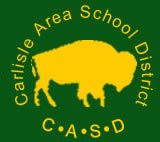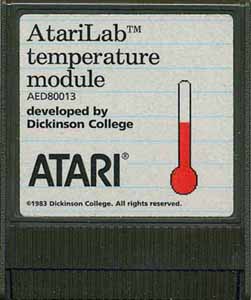| David A. Egolf | Bio/CV | People | Courses | Research | Contact |
|
I am currently an Associate Professor of Physics at Georgetown University. I'm a computational physicist interested in a wide variety of physical systems. Most of my recent work has focused on the dynamical and statistical properties of systems maintained far-from-equilibrium. Of particular interest are fluid systems, excitable media such as heart tissue, granular systems, biopolymer networks, and model systems of a more generic nature. For the nitty-gritty details of my background, funding, publications, etc., feel free to peruse my cv in pdf format. For less (or at least different) details and more narration, continue reading...  I grew up in the small town of Carlisle, Pennsylvania (home of Dickinson College and the U.S. Army War College). I attended schools in the Carlisle Area School District for K-12 and played soccer and tennis for the Thundering Herd.  Between 8th and 9th grade I started working with Priscilla Laws, a professor in the Department of Physics and Astronomy at Dickinson College. Priscilla had an idea for a system of hardware and software for performing scientific experiments using the old Atari 8-bit microcomputers. Atari liked the idea so much that they bought our system and made it the cornerstone of their educational division as the AtariLab Science Series. I wrote the software for the two modules (Temperature and Light) that were released before Atari was sold. The software was even awarded the Software of the Year Award for 1984 from Classroom Computer Learning magazine. Some people apparently even still fiddle around with our system.) After our AtariLab success in using computers for experiential learning, Priscilla and her colleagues began to develop the ideas that led to Workshop Physics, a calculus-based introductory physics curriculum without traditional lectures and in which computers are used for data acquisition, visualization, and analysis. During high school and college, I wrote much of the original software for Workshop Physics. This early exposure to innovative educational ideas has served me well in my career.  In 1986, I started college at Duke University on an A.B. Duke Scholarship. I was a Program II (self-designed) major, meeting the major requirements for Physics, Chemistry, and Math. I enjoyed relaxing on the beautiful campus, playing soccer, and going to tons of soccer and basketball games, including the Duke-Carolina game at Cameron Indoor Stadium every year. As an undergraduate I was involved in a lot of research in chemistry and physics, including projects predicting NMR shifts, developing a theoretical basis for electronegativity, calculating reaction rates in interstellar dust, and computing properties of chaotic systems. I try to give our undergraduates the same kind of wonderful experience in research that I had. I loved Duke and wanted to continue my work on chaos, so I stayed at Duke for my Ph.D. in Physics (or maybe I had decided I needed to stay until Duke finally won an NCAA championship in basketball). My research focus was on the behavior of nonequilibrium systems exhibiting the fascinating phenomenon of spatiotemporal chaos (disordered in space and chaotic in time). At the end of 1994, I defended my thesis entitled Characterizations of Extensively Chaotic States and Transitions.  My next stop was the Cornell Theory Center as an NSF Postdoctoral Fellow in Computational Science and Engineering. While there I worked with an excellent young (at least then!) experimentalist, Eberhard Bodenschatz, who is now a Director of a Max Planck Institute. I was also lucky enough to be given the opportunities to team-teach a course on Pattern Formation with Eberhard and to teach a course of my own on Special Relativity.  After my time at Cornell, I headed west to the Center for Nonlinear Studies at Los Alamos National Laboratory, first as a Director's Postdoctoral Fellow and then as the Richard P. Feynman Fellow for Theory and Computing. At Los Alamos, I worked with another top experimentalist in pattern formation and spatiotemporal chaos, Bob Ecke, drawing much inspiration from his experiments.  In 2000, I accepted an Assistant Professorship in the Department of Physics at Georgetown University. I've contined to study the dynamical and statistical behavior of a variety of systems driven out-of-equilibrium, which you can read about elsewhere on this site. I was fortunate early on to receive funding from the National Science Foundation, Research Corporation, and NASA, as well as support as an Alfred P. Sloan Research Fellow. For much of my work on granular systems and some more recent work in biophysics, I have benefited greatly from a collaboration with another excellent experimental colleague, Jeff Urbach. In 2006 I was promoted to Associate Professor with tenure. I've particularly enjoyed teaching the students here at Georgetown and getting them involved in my research. For four years, I lived amongst the students as the Faculty-in-Residence in Kennedy Hall, which was an amazing experience. The students really made me feel at home and a part of their lives, and they even let me win at Scrabble almost every time. In my free time, I'm trying to master the maddening sport of golf, which is definitely not the right sport for someone who thinks too much. |
| David A. Egolf | Bio/CV | People | Courses | Research | Contact |